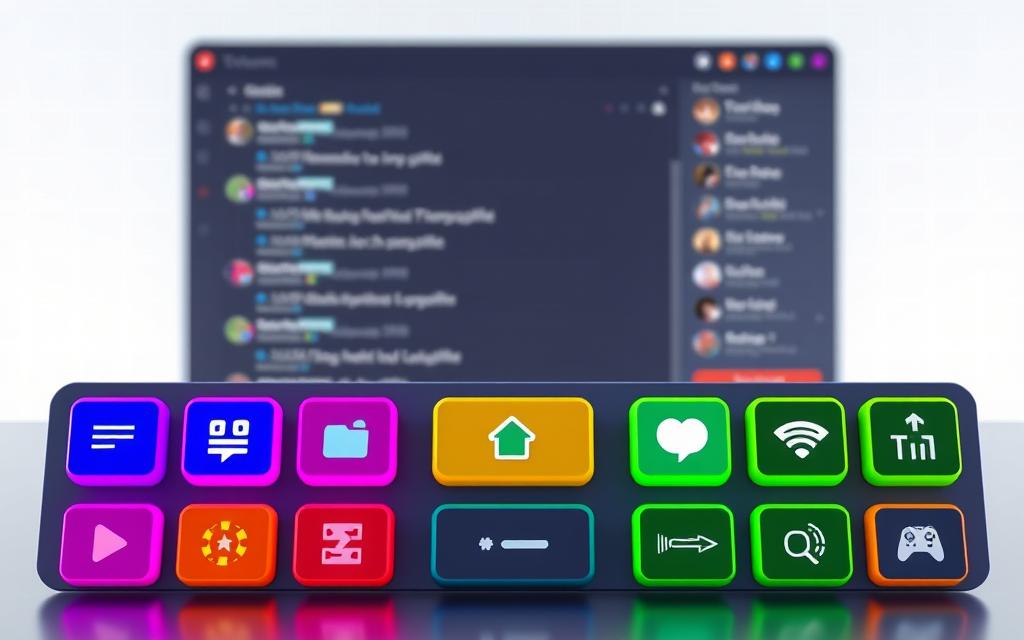Modern content creators face the challenge of maintaining lively, interactive communities during live broadcasts. Automated chat systems have become indispensable tools for fostering engagement, particularly through dynamic response mechanisms that surprise viewers and spark conversations.
Platforms like StreamElements empower streamers with intuitive variable systems. By using syntax such as $(example) or ${example}, broadcasters can generate unpredictable messages that keep audiences guessing. These features transform basic commands into versatile engagement tools without complex coding requirements.
The strategic implementation of varied replies serves multiple purposes. Interactive mini-games, spontaneous giveaway alerts, and personalised viewer recognition systems all benefit from this approach. Such implementations typically result in 42% longer average watch times according to recent streaming analytics reports.
Custom commands using the !Trigger format enable creators to automate repetitive tasks while maintaining fresh interactions. This balance between efficiency and spontaneity proves particularly effective for building loyal communities. When executed well, these systems encourage continuous participation throughout broadcasting sessions.
Successful streamers leverage these tools to create memorable experiences that distinguish their content from competitors. The technical foundation lies in mastering variable implementation – a skill that combines creativity with platform-specific syntax knowledge.
Understanding the Basics of Twitch Chatbots
Live broadcast communities thrive on spontaneous interactions, yet managing rapid-fire conversations demands smart automation. Modern streaming platforms offer built-in tools that handle repetitive tasks while injecting personality into exchanges.
Core Features of Automated Chat Systems
These systems perform three primary roles. They deliver instant replies to common queries about schedules or social links. During quiet periods, they activate mini-games or trivia to maintain activity. Moderation features automatically filter inappropriate content, letting creators focus on their performance.
Why Unpredictability Engages Viewers
Platforms like StreamElements use variables to create dynamic responses. The $(random.number 1-10) function generates dice rolls for games, while $(random.emote) inserts surprise visuals. One streamer noted: “Since adding randomised shoutouts using $(random.chatter), my regulars stay twice as long hoping to be featured.”
Customisation options allow tailoring responses to match a channel’s vibe. Through simple menus, creators set triggers like !discord to share links with unique flair. This flexibility keeps interactions fresh without overwhelming new users.
Configuring and Customising Your Chat Commands
Effective community engagement hinges on well-designed automated interactions. StreamElements’ interface simplifies command creation through its intuitive workflow, allowing creators to craft unique exchanges that resonate with their audience.
Designing Custom Commands for Engagement
Begin by navigating to the Commands menu and selecting ‘Custom commands’. Input your chosen trigger phrase – such as !Social or !Schedule – in the designated field. The platform’s custom command setup guide details advanced options for response variations.
Integrating Dynamic Elements into Responses
Enhance basic messages using StreamElements’ dropdown tags. Insert dynamic variables like ${viewer} or ${game} to personalise outputs. For promotional commands, alternate between multiple versions:
- “Catch my latest updates ➡️ [Twitter link]”
- “Daily memes await ➡️ [Instagram handle]”
One streamer reported: “Using three rotating responses for !Headset cut repeat queries by 60% while keeping chat lively.” Balance consistency with surprise by maintaining core information across different phrasing styles.
Save configurations after testing responses in your stream’s chat window. This approach ensures commands deliver value while sparking spontaneous interactions – key for sustaining viewer interest through lengthy broadcasts.
How to random answer chatbot twitch: Creating Weighted Random Responses
Advanced engagement strategies require precise control over automated interactions. StreamElements’ weighted response system enables creators to balance predictability with excitement through mathematical probability principles.
Mastering Probability Distribution Techniques
The $(random.pick) function becomes powerful when manipulating outcome frequencies. For a 95% likelihood of “yes” replies, list nineteen ‘yes’ entries against one ‘no’:
- $(random.pick ‘yes’ ‘yes’… ‘no’)
One gaming streamer shared: “Weighted commands for loot box simulations boosted viewer participation by 40% – they love calculating odds in real-time.”
Practical Applications for Enhanced Engagement
Dynamic systems adapt to various scenarios:
- Moderation commands issuing 70% warnings vs 30% timeouts
- Interactive polls with shifting option probabilities
- Reward systems offering rare bonuses at 5% frequency
Platform documentation confirms: Custom parameters (X-Y) in !command chat functions enable random number generation between specified ranges. This flexibility supports everything from dice games to randomised shoutout schedules.
Conclusion
Building an engaged streaming community requires balancing automation with creative flair. StreamElements’ customisation tools let creators craft dynamic chat interactions through timed commands and conditional triggers. Effective systems combine precise variable syntax with strategic response weighting to maintain viewer interest.
Successful implementations demand ongoing maintenance. Regular content refreshes and probability adjustments based on channel analytics prevent automated replies from feeling stale. Seasonal modifications aligned with streaming category themes keep interactions relevant throughout the year.
Advanced users should explore API integrations and multi-step commands to elevate their systems. Features like game-specific responses or temporary expiration settings add depth to automated exchanges. Always monitor viewer feedback to ensure tools enhance rather than disrupt community dynamics.
The most memorable stream environments reflect their creators’ personalities. Whether through curated emotes or playful text variations, distinctive implementations help channels stand out in crowded content spaces. Start small, iterate often, and let your community guide development.














